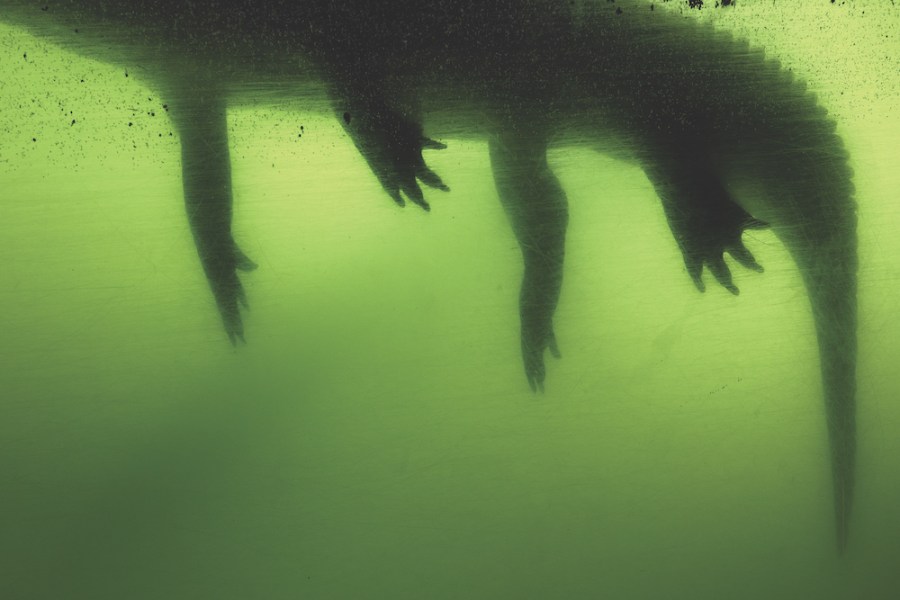The Photographers’ Gallery (TPG) in London will exhibit the work of the four finalists in the 2022 edition of the Deutsche Börse Photography Foundation Prize, from 25 March to 12 June 2022.
The nominated projects from the 2022 shortlisted artists – Anastasia Samoylova, Jo Ractliffe, Deana Lawson and Gilles Peress – will be on display in a special exhibition on two floors of TPG. The overall winner of the £30,000 prize will be announced at an evening award ceremony on 12 May 2022, with the other finalists each receiving £5,000.
Curated by TPG’s Katrina Schwarz, the 2022 showcase presents photographers who have a unique vision towards pictorial representation. Each has focused on a particular subject matter linked to a specific region or community, which has become a strong part of their identity.
The nominated projects include installations by Jo Ractliffe (on post-Apartheid South Africa) and Gilles Peress (on the streets of Northern Ireland). Both are both said to, ‘propose new ways to picture, and to historicise, conflict and its aftermath.’ Deana Lawson, in her representation of Black experience, creates a new iconography transcending the encounters of the everyday. Anastasia Samoylova’s investigation into climate peril in Florida reveals the stark dissonance between idealised imagery and the reality of rising tides.
After being at TPG, the exhibition will then tour to Deutsche Börse’s headquarters in Eschborn/Frankfurt as of 30 June 2022. This is the home to an internationally renowned collection of contemporary photography, that comprises more than 2,200 works by around 150 artists from 30 nations.
Anastasia Samoylova: FloodZone
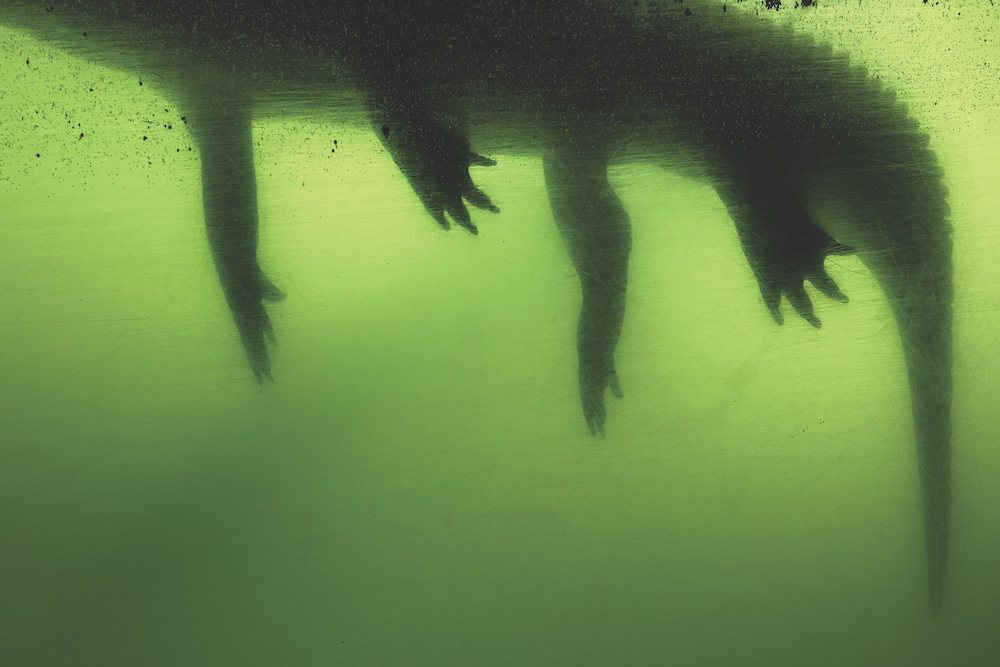
Anastasia Samoylova, Gator, 2017, from the series FloodZone. Image: © Anastasia Samoylova
On the fifth floor, the first gallery reveals Anastasia Samoylova’s (b.1984, Moscow, Russia) extensive photographic series, FloodZone – a project which continues to evolve. The series is a ‘beguiling and unique’ response to environmental changes in America’s coastal cities, particularly focusing on Florida, which the artist has called her home since 2016. Aspirational imagery, touting tourism and property development, forms the region’s official iconography, though it exists in sharp contrast to the realities of encroaching climate disasters.

Anastasia Samoylova, Flooded Garage, 2017, from the series FloodZone. Image: © Anastasia Samoylova
Spanning from 2017 until 2019, 15 black-and-white and coloured images are presented as framed prints and wallpaper. The gallery walls are transformed with a pronounced colour palette and graphic, dynamic shapes, reflecting ‘the tools of seduction and disorientation used by advertisers and property developers in a region dazzling in its appeal, while dangerously impacted by rising sea levels.’
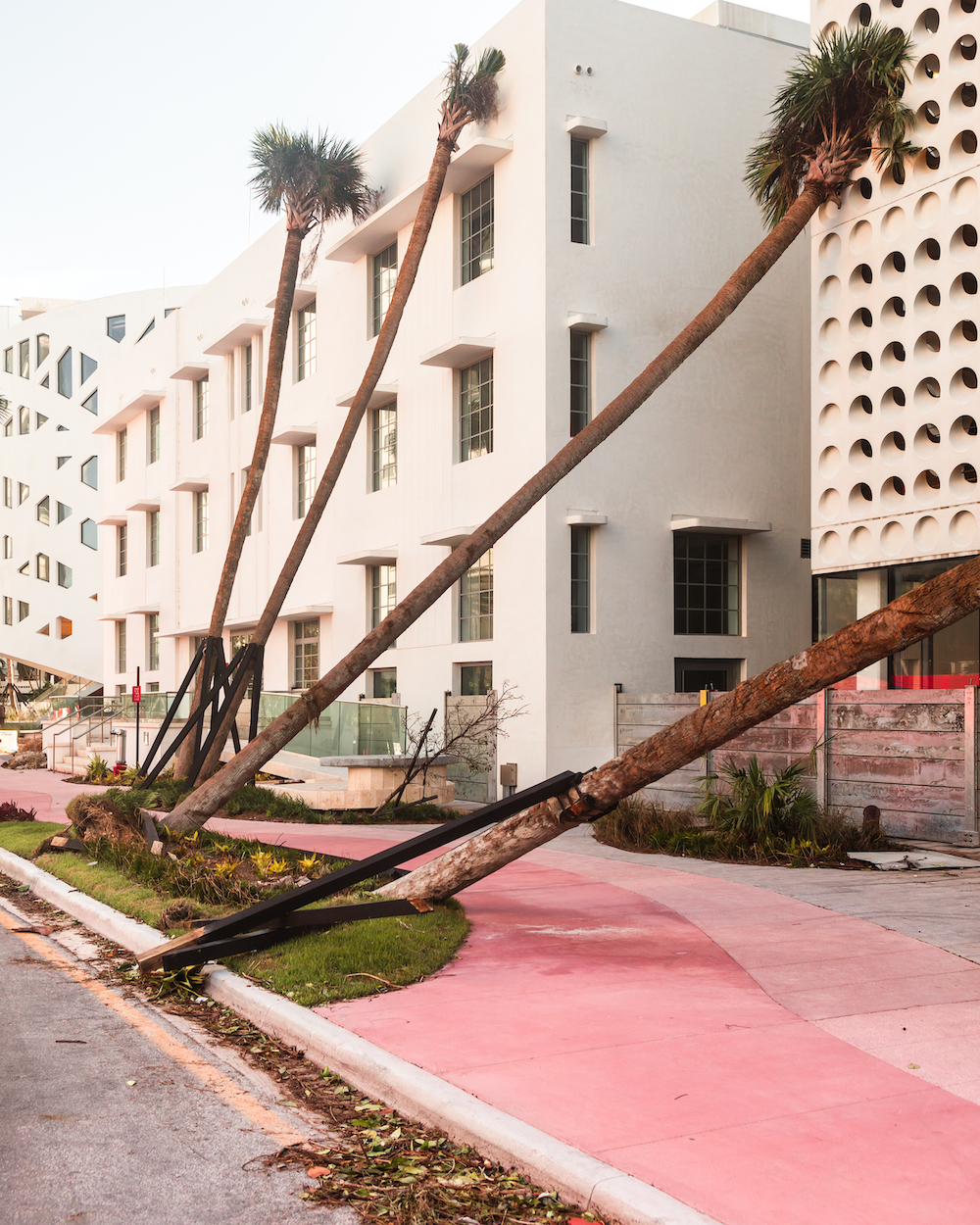
Anastasia Samoylova, Pink Sidewalk, 2017, from the series FloodZone. Image: © Anastasia Samoylova
Jo Ractliffe: Photographs 1980s – now
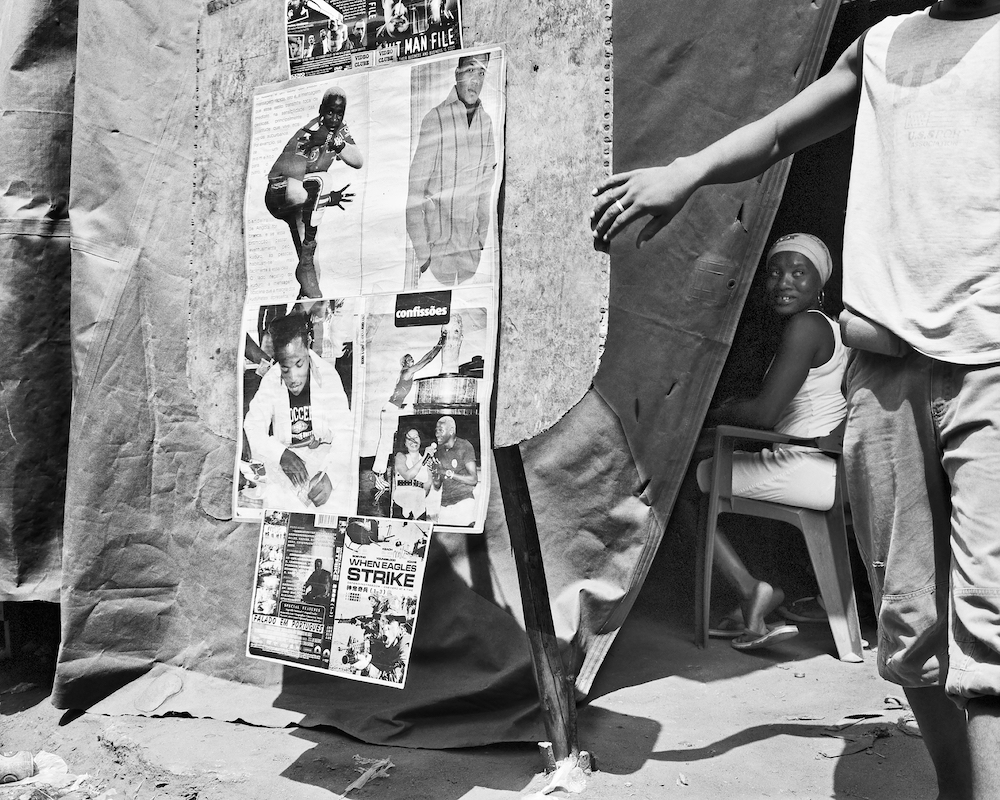
Jo Ractliffe, Video club, Roque Santeiro market, 2007, from the series Terreno Ocupado. Image: © Jo Ractliffe
On TPG’s fifth floor, the adjacent gallery presents works by Jo Ractliffe (b. 1961, Cape Town, South Africa). She has been nominated for her comprehensive monograph Photographs 1980s – now, 2021, published by The Walther Collection/Steidl. For 40 years, the artist has created stark and important images, shaped by the legacy of Apartheid in South Africa. The exhibition will focus on black-and-white imagery and depictions of the landscape.
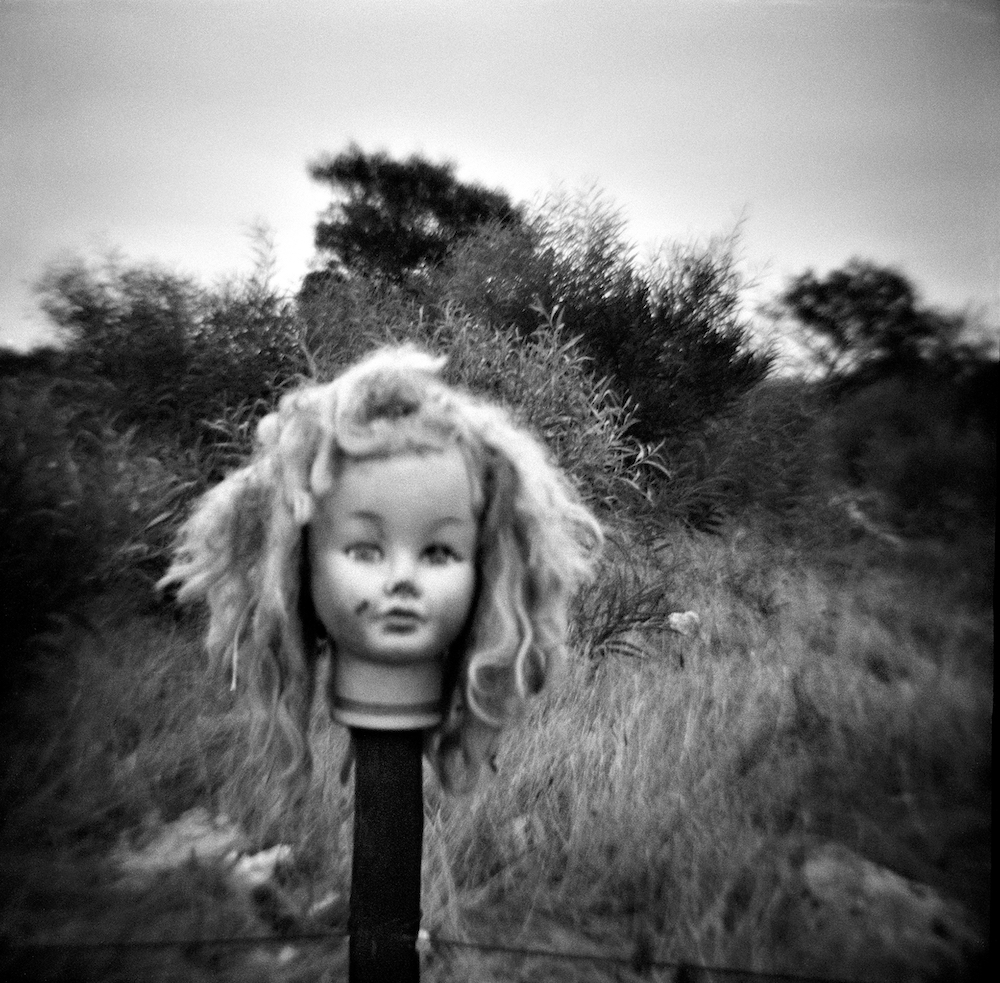
Jo Ractliffe, Doll’s Head, 1990-95, from the series reShooting Diana. Image: © Jo Ractliffe
Spanning significant bodies of work, including N1: every hundred kilometres and End of Time (both 1996/99), early work from the mid-1980s, and previously unpublished images from her archive, this room revisits Ractliffe’s early interest in juxtaposition and montage. The exhibition explores the unexpected associations and meanings that emerge from the assemblage of disparate images. This comes in direct contrast to the narrative and chronological sequence of the photo book.
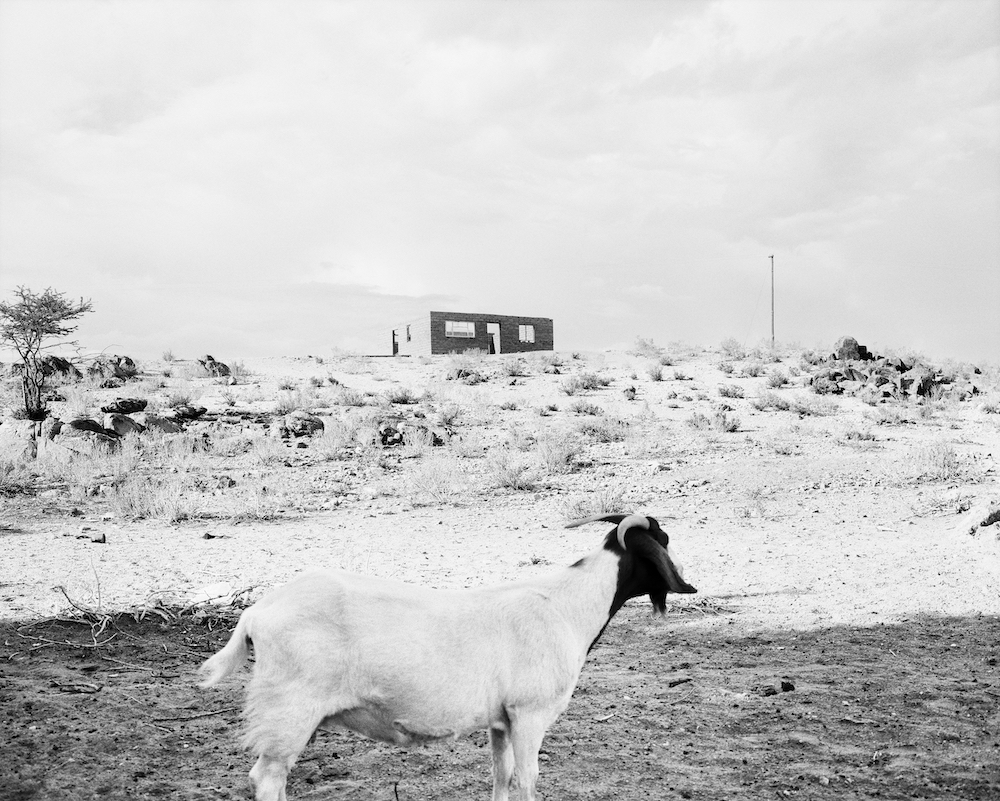
Jo Ractliffe, House on the hill, Riemvasmaak, 2012, from the series The Borderlands. Image: © Jo Ractliffe
Deana Lawson: Centropy

Deana Lawson, An Ode to Yemaya, 2019. Image: © Deana Lawson
After descending to the fourth floor, the visitor enters the mythic realm of Deana Lawson’s (b. 1979, Rochester, New York) Centropy, her nominated exhibition at Kunsthalle Basel. Lawson is renowned for her intimate staged portraits that reflect the vernacular language of the family photo album, as well as tropes from documentary photography and art history. The visitor is introduced to what Lawson calls her ‘ever-expanding mythological family’ in a series of radiant, large-scale portraits that reframe Black experience.
In the works selected for TPG, her first institutional show in the UK, there are portents of birth and death and of an uncanny and sacred realm beyond the surface. Each of the large-scale photographic works is set in a grand frame constructed from mirrored glass; highlighting the role of light and of ideas of reflection within Lawson’s practice. Holograms and images of sublime natural phenomena, such as galaxies and tilting waterfalls, heighten this sense of the cosmic.
Gilles Peress: Whatever You Say, Say Nothing
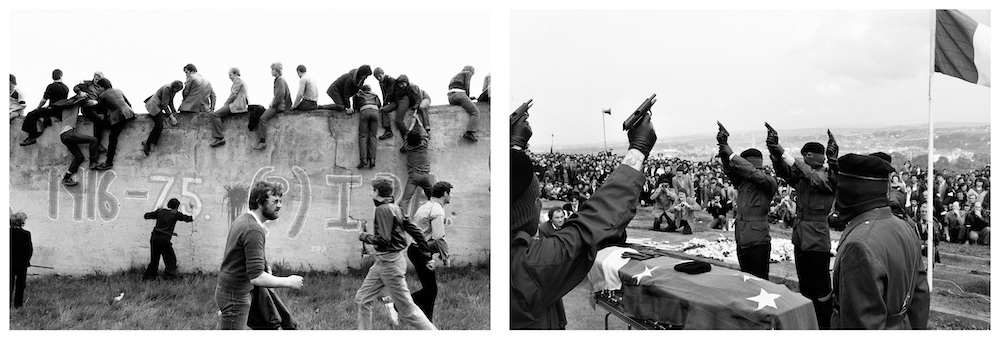
Gilles Perres, Whatever You Say, Say Nothing: from the chapter Prison Days. Image: © Gilles Peress
The back gallery of TPG’s fourth floor hosts installations by Gilles Peress. He is nominated for his pictorial history of the conflict in Northern Ireland Whatever You Say, Say Nothing, published by Steidl, 2021. The experimentation in form and visual language that characterises the publication, which Peress describes as a work of ‘documentary fiction’, is evident in the immersive installation. The publication is structured in the form of ‘semi-fictional days’: repetitive, spiralling days that define life in a conflict zone. In the gallery, these days move from page to wall, and the language of photography expands, revealing a relationship to cinema, literature, and art, while revelling in the uncomfortable spaces between them.
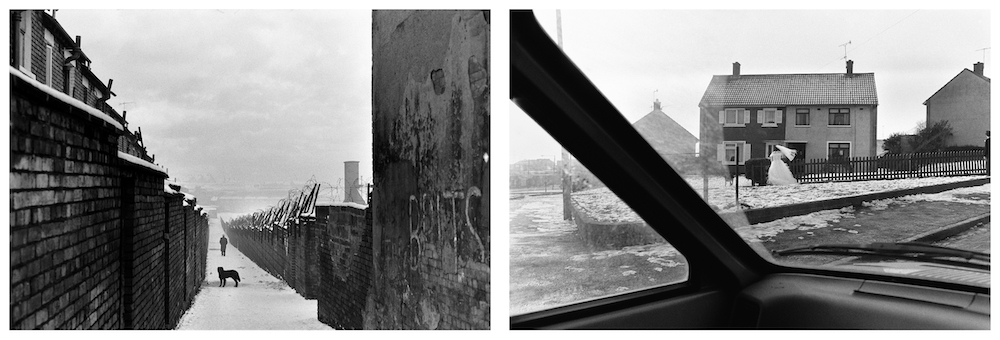
Gilles Peress, Whatever You Say, Say Nothing: from the chapter The First Day. Image: © Gilles Peress
The exhibition rethinks the function of representation as it transitions from book to installation, while also nodding to the self-representation of the conflict that occurred on the walls of Belfast through murals, graffiti, bullet holes, and the detritus of everyday life. Big, historical events, like Bloody Sunday and the inquiries that followed it, and mundane days both reveal their structure through the accretion of collaged images. These create a rhythm that challenges the uncontroverted assertions of ‘straight’ photography and that evokes the ambiguity, horror, humour and chaos of a time that was dark and full of murders.

Gilles Peress, Whatever You Say, Say Nothing: from the chapter A Day to Remember. Image: © Gilles Peress
Illustrated catalogue
A fully illustrated catalogue, offering newly commissioned essays on the projects and the artists, will be available in TPG’s bookshop and online. Heather Diack (associate professor of Contemporary Art and the History of Photography at the University of Miami) has written on the work of Anastasia Samoylova. Chris Klatell (a writer and lawyer living in New York) has written from inside Gilles Peress’s monumental project. Daniela Montelongo (an art historian from Mexico) has provided a unique perspective on the landscape imagery of Jo Ractliffe. Meanwhile photographer, writer and editor Stanley Wolukau-Wanambwa has continued his engagement with Deana Lawson’s practice with an essay focused on Centropy.
The Deutsche Börse Photography Foundation Prize
Founded in 1996 by TPG, and now in its 26th year, the Prize has become one of the most prestigious international arts awards and has launched and established the careers of many photographers over the years. Previously known as the Citigroup Photography Prize, the Gallery has been in collaboration with Deutsche Börse Group since 2005. In 2016 the Prize was retitled the Deutsche Börse Photography Foundation Prize following the establishment of the foundation as a non-profit organisation dedicated to the collection, exhibition, and promotion of contemporary photography.
The winner of the Deutsche Börse Photography Prize 2021 was Cao Fei for her exhibition Blueprints. Previous winners have included Susan Meiselas, Dana Lixenberg, Juergen Teller and Rineke Dijkstra.
Exhibition & events information
The exhibition is open every day (bar Mondays and Bank Holidays) and you can find The Photographers’ Gallery at 16-18 Ramillies Street, London, W1F 7LW.
An accompanying programme of talks and events will further illuminate the artists and their projects. For full information just visit The Photographers Gallery website.
Related articles:
Photographers’ Gallery set for move
Photographers’ Gallery director on her OBE: ‘This is a great honour’

